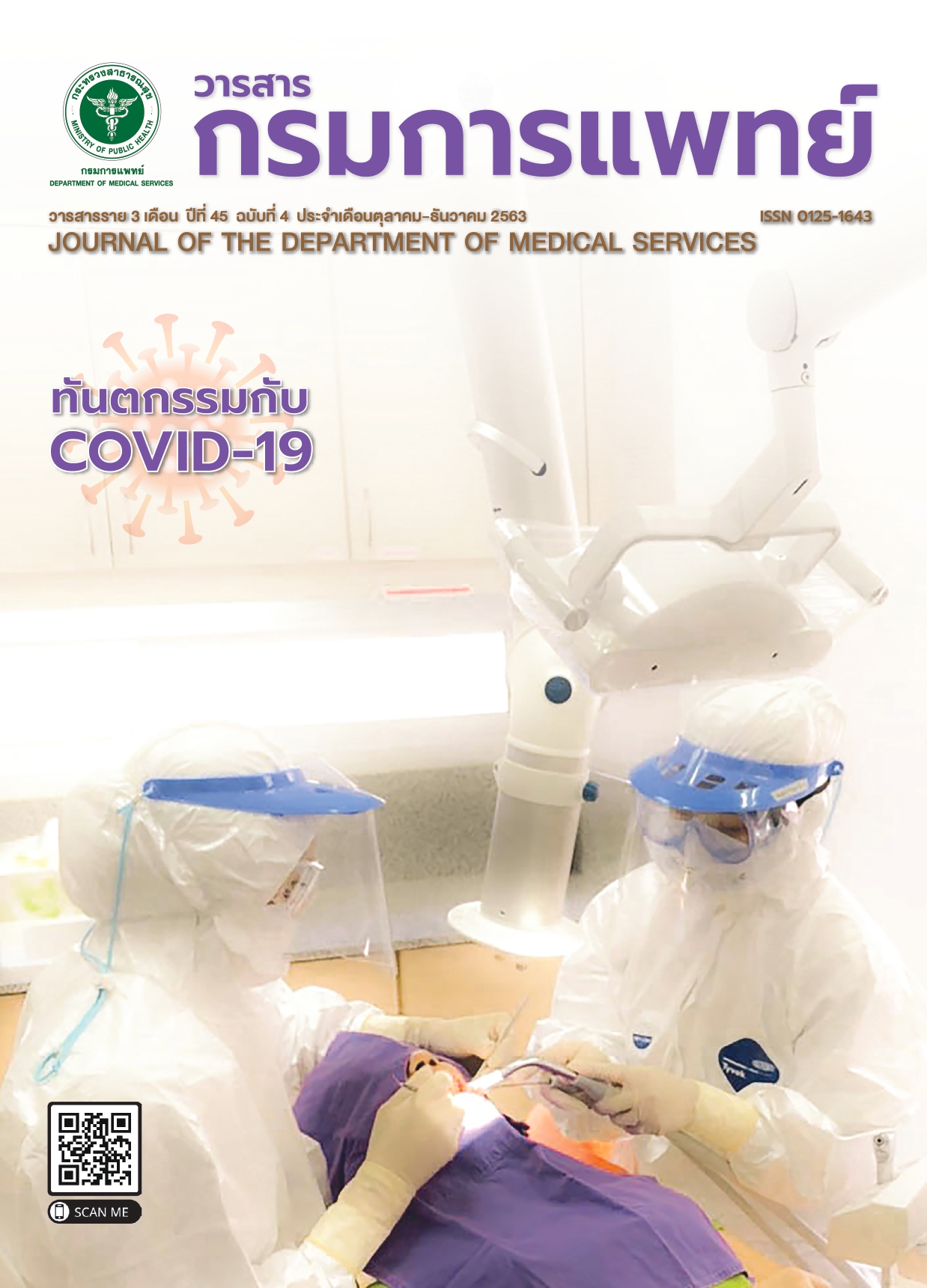Evaluation of Knowledge and Practice of Nurses Before and After Implementation of Clinical Practice Guideline for Prevention of Central Venous Catheter- Related Blood Stream Infections (CRBSI) in Neonatal Surgical Patients
Keywords:
Central venous catheter care, Clinical practice guideline for prevention of central venous catheterrelated blood stream infections (CRBSI), Neonatal surgical patientsAbstract
Background : Central venous catheterization is the most common cause of nosocomial infection and associated with short and long term adverse events especially with neonates who have immature immune. Strict implementation of clinical practice guideline for prevention of central venous catheter-related blood stream infections is the gold standard to prevent CRBSI.
Objectives : the purposes of this study were to compare nurses’ knowledge and practices before and after implementing the clinical practice guideline for prevention of CRBSI at neonatal surgical unit.
Methods : Sample was 11 registered nurses of neonatal surgical unit at Queen Sirikit National Institute of Child Health. Instrument used in this study were 1) clinical nursing practice guideline for the prevention of central-line associated blood stream infection 2) knowledge related to prevention of CRBSI questionnaire and 3) observational form. 11 nurses were recruited as experimental group before and after initiating implementation of the clinical practice guideline for prevention of CRBSI. The data were collected by the researcher and were analyzed using Wilcoxon signed-rank test to compare scores on knowledge and practice before and after implementation the guideline for prevention of CRBSI.
Results : 1) After implementation the guideline, means of knowledge scores were significantly higher than before implementation the guideline 2) After implementation the guideline, practice for prevention of CRBSI were significantly higher than before implementation the guideline.
Conclusion : To initiate the clinical practice guideline for prevention of CRBSI enhances nurses’ knowledge and understanding, then promote standard practices
References
Ngernchum S. Practical points and updates in neonatal care.Bangkok: Active Print Company; 2019.
Thatrimontrichai A. Trends in neonatal sepsis in a neonatal intensive care unit in Thailand before and after construction a new facility. Asian Biomed 2014; 8:771-8.
Thaver D, Zaidi AK. Burden of neonatal infections in developing contries: a review of evidence from communitybased studies. Pediatr Infect Dis J 2009; 28:S3-9.
Thatrimontrichai A. Neonatal sepsis in Wetchavanichsanong P. and Anantaseree V. Pediatrics. Bangkok:Sahamit Phatthanakan Printing; 2016:163-178.
Chanwitan P. Physiology of newborns. Pediatrics. Bangkok:Sahamit Phatthanakan Printing; 2016:1-16.
Seifert H, Jansen, B, Farr BM. Catheter-related infections.New York: Informa Health Care; 2004.
Centers of Disease Control and Prevention. Guidelines for the Prevention of Intravascular Catheter- Related Infections;2011[Internet]. [cited 2019 Nov 23]. Avaiable from: http://www.cdc.gov/hicpac/BSI/ BSI-guidelines2011.html?s_cid=w_c_CustomRssWidget_frm_011
Richards MT, Edwards JR, Culrer DH, Gaynes RP. Nosocomial infection in pediatric intensive care unit in United States:National Nosocomial Infections Surveillance System. Pediatric 1999; 103:103-9.
Infectious Diseases and Infection Prevention at Queen Sirikit National Institute of child health. Infection Prevention Control Surveillance Assessment in the Infant and Child Crisis Ward at Queen Sirikit National Institute of child health 2013-2018.Bangkok: Queen Sirikit National Institute of child health; 2018.
Barnett AG, Graves N, Rosenthal VD, Salomao R, Rangel- Frausto MS. Excess length of stay due to central line – associated bloodstream infection in intensive care units in Argentina,Brazil and Mexico. Infect Control Hosp Epidemiol 2010; 31:1106-14.
Nowak JE, Brilli RJ, Lake MR, Sparling KW, Butcher J, Schulte M, et al. Reducing catheter-associated bloodstream infections in the pediatric intensive care unit: Business care for quality improvement. Pediatr Crit Care Med 2010; 11:579-87.
Rosenthal VD, Maki DG, Rodrigues C, Alvarez-Moreno C,Leblebicioglu H, Sobreyra-Oropeza M. Impact or International Nosocomial Infection Control Consortium (INICC) strategy on central line - associated bloodstream infection rates in the intensive care units of 15 developing countries. Infect Control Hosp Epidemiol 2010;31:1264-72.
Madeo M, Lowry L. Infection rate associated with total parenteral nutrition. J Hosp Infect 2011; 79: 373-4.
Pronovost P, Needham D, Berenholtz S, Sinopoli D, Chu H, Cosgrove S, et al. An intervention to decrease catheterrelated blood stream infections in the ICU. N EngL J Med 2006; 355:2725-32.
Duansoy N. Effects of Coaching on Knowledge and Practices of Nurses in Prevention of Central Venous Catheters Related Infections among Surgical Intensive Care Patients(Dissertation). Chiangmai, Chiangmai University; 2008.
Aumprasert T, Kaewthanasin K, Yangyune P. Effects of knowledge management on practices in prevention ofcentral line-associated bloodstream infection of nurses and incidence bloodstream infection; 2015.
Sirireung S. Central venous catheter care in children. Rama Nurs J 2008; 14:279-88.
Chuengchitraks S, Sirithangkul S, Staworn D, Laohapand C.Impact of New Practice Guideline to Prevent Catheter-related Blood Stream Infection (CRBSI): Experience at the Pediatric Intensive Care Unit of Phramongkutklao Hospital. J Med Assoc Thai 2010; 93:S79-S83.
Goudet V, Timsit JF, Lucet JC, Lepape A, Balayn, Seguin S, et al. Comparison of four skin preparation strategies to prevent catheter-related infection in intensive care unit (CLEAN trial):a study protocol for a randomized controlled trial. Trials 2013; 14:114.
Sannoh S, Clones B, Munoz J, Montecalvo M, Parvez B. A multimodal approach to central venous catheter hub care can decrease catheter-related bloodstream Infection. Am J Infect Control 2010; 38:424-9.
Yimyam P, Sirikul S, Chantara P, Roungsri W, Authapornkusuth P, Kutragoon R. The Efficacy of 10% Povidone-Iodine Solution and 2% Chlorhexidine in Patients with Central Venous Catheter Inserted: A Systematic reviews. Journal of Nursing and Health care 2015; 33:145-53.
Warren DK, Zack JE, Cox MJ, Cohen MM, Fraser VJ. An educational intervention to prevent catheter-associatedbloodstream infections in a nonteaching, community medical center. Critical Care Medicine 2003; 31:1959-63.
Prompriang P, Chitreecheur J, Boonchuang P. Effects of Evidence-based Practice Promotion for Infection Prevention on Knowledge and Practices among Nurses and Incidence of Peripheral Intravenous Infection in a Community Hospital.Thai Journal of Nursing Council 2009; 24:31-41.
Downloads
Published
How to Cite
Issue
Section
License
บทความที่ได้รับการตีพิมพ์เป็นลิขสิทธิ์ของกรมการแพทย์ กระทรวงสาธารณสุข
ข้อความและข้อคิดเห็นต่างๆ เป็นของผู้เขียนบทความ ไม่ใช่ความเห็นของกองบรรณาธิการหรือของวารสารกรมการแพทย์


